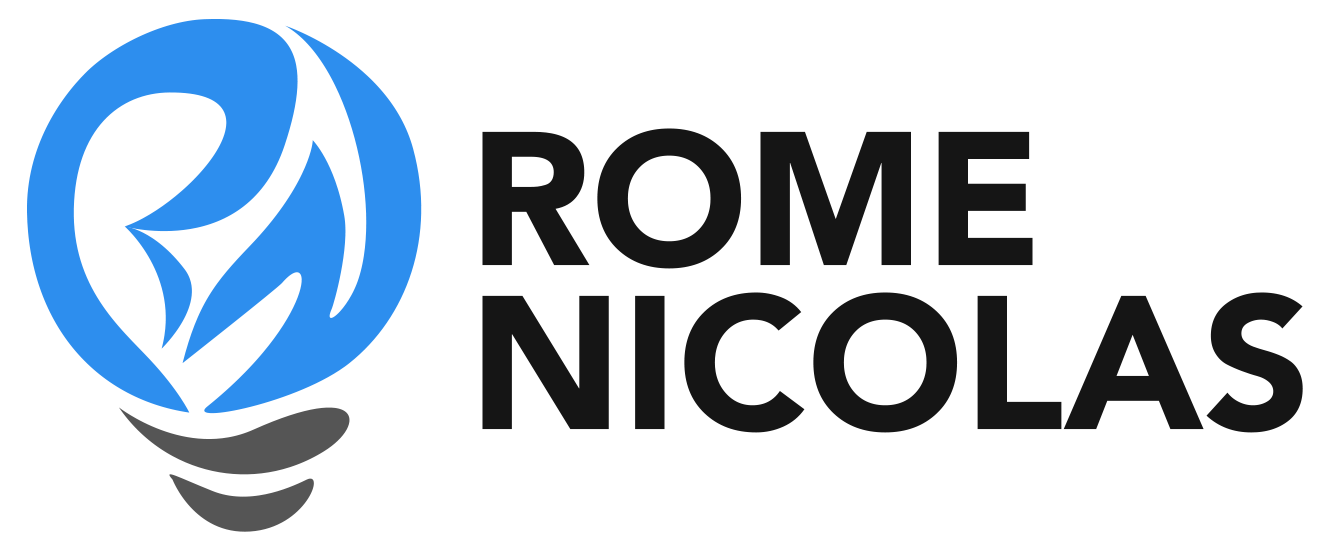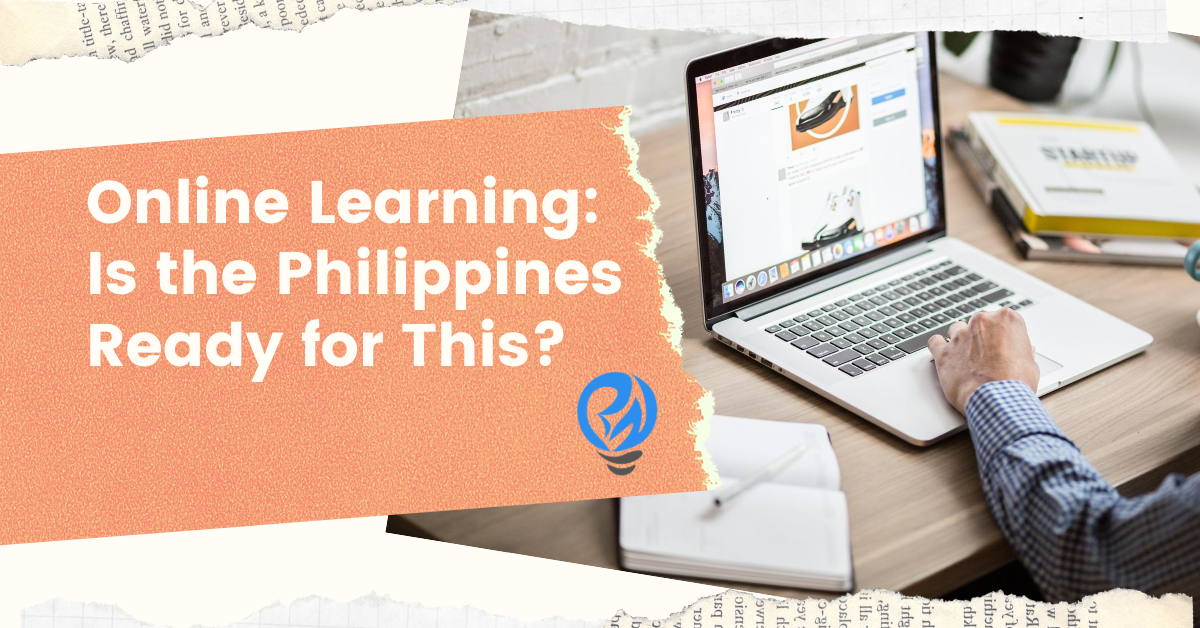Everything changed when pandemic struck the Philippines in 2020.
No industry was left untouched by the ongoing COVID-19 disaster that the world is still battling until today.
While the world is on a race in finding the vaccine, several countries are slowly shaping up once again.
It’s a peculiar scenario here in the Philippines. Our government is still figuring out how to control the spread of the pandemic while trying to balance the economy.
Back in March, when the cases were slowly increasing to a few dozens, classes were halted. The education sector was figuring out how to finish the academic year, and the way they did this was to move all the classes online.
Five months later, the Department of Education is now planning to open the classes before the month ends. Enrollment is ongoing.
As of August 11, the Philippines had 139,538 total cases and 68,794 active cases nationwide.
The question that many are wondering: is the Philippines ready for online learning?
My Online Learning Experience

As a technology enthusiast, I have been particularly interested in online classes long before 2020. For example, I have been learning digital marketing without actually taking a marketing class in college.
I was fortunate enough to have the time and resources to learn digital marketing with the help of Google, the internet, and my laptop at home. That was back in 2013.
It’s a different case for those who are from families that are still trying to meet both ends, especially with the pandemic in the background.
I didn’t have my own laptop until I was in college. I wasn’t born from a family who can afford to buy gadgets instantly when I want to. In fact, I saved for my own smartphone in high school and laptop in college. It has been like that since.
Education During this Pandemic

I understand that the government just wanted the youth to continue learning this pandemic.
The problem is how online learning is being implemented. Families are forced to take action even without the money for the love of their children.
I cannot imagine becoming a parent of a child who wanted to go to school because all their classmates are already enrolled. It’s probably just peer pressure.
My mother is a public school Kindergarten teacher, so I have a clear picture of the education system from her perspective. The students will have an option to choose online learning or modular learning for this academic year.
Online learning is more ideal than modular for those in junior and senior high school. This is when students should have the internet to access various online activities. From time to time, there will be virtual classrooms that students can meet and participate in the discussion.
Digital Classroom Without Internet

Most of my mother’s pupils preferred to opt for modular learning instead of online learning. This is not shocking as her school is actually in a mountain barangay in our locality.
Modular learning is creating activity materials that will be distributed to the pupils and will then be collected after a period of time for checking. The parents of these children will act as tutors to help them with their lessons.
The risk is on the teachers who have to go house-to-house for the distribution of these modules.
Free Digital Courses (No Enrollment Fee)

What if I decide not to enroll this year, is there still a way for me to continue learning?
I have heard this question many times, and here’s my answer: yes, you can still learn even without enrolling this academic year.
If you’re familiar with platforms like Udemy, Skillshare, Google Digital Garage, Canva Design School, Facebook Blueprint… you know exactly what I’m talking about.
It’s not your usual school where you need to pay thousands of pesos of tuition fees. In fact, most of these courses can be taken for free.
My crazy idea is that until things get back to normal, consider online learning that won’t cost that much money.
You might actually learn more from these online courses.
A Distress Call for Help

To answer the question if the Philippines is ready for online learning, we have to take into consideration the various types of students involved.
If some students tend to learn slower than others in a physical classroom setup, what do you think will happen if these students will have the opportunity to watch videos while attending their online classes?
The teachers need help. Not everyone can fully understand how this online medium works.
The parents need help. Not everyone can afford to pay for tuition and school resources.
The students need help. Not everyone can focus on the lessons from their homes.
More than anything, pursuing online classes this academic year 2020-2011 is definitely a test whether our country is ready for such drastic digital shift.





12 Responses
While reading this article, I’m just thinking about the education of my nieces and nephews. Most of the kids here in my barangay doesn’t have an easy access to technology. This kind of new learning will required gadgets and internet connection or mobile data which is very expensive for some the parents out there. I know that the department of educations is doing the right plan to continue the school year of 2020 – 2021 despite the fact that this pandemic crisis is unpredictable when it will be vanished. I really hope there’s an alternative for this matter, so the new educational system/learning can be sustainable for all.
Thanks for sharing your insight on this, Aldrin. I just hope that when all of this is done, the kids will actually learn something despite the struggle to focus on the lessons. We don’t know yet how will parents from the urban poor survive this challenge in front of them.
For me lang pud noh kay online learning wouldn’t be that easy for everyone. Samot na nga each of us are different type of learners. Even I, would prefer to learn things face to face rather than facing a screen. Haha but yes, lez just see nalang jud for now how this will go for everyone.
I have been teaching online for more than a year and once I asked my students (nurses) which they prefer: online or offline. They still opted for an offline class. Sadly, during this pandemic, all of us need to do online classes and I could imagine pupils and students shifting their mode of learning to this. For now, the Philippines isn’t ready for online classes and modular class (they are still soliciting bondpapers to print their modules). Unless internet connections, gadgets, and other materials are enough and provided, maybe our country will be ready.
I think it will be a bit difficult for other places that don’t have a good internet connection. To be honest, if I am still a student (maybe highschool or college) during this pandemic, I will not go to school or any online school for this academic year. I wouldn’t worry about school at all. I mean, we are in the midst of a pandemic and school is not that important as I thought it was.
I do like to learn online, especially for the topics that I am interested in (and most importantly not in my school/course curriculum. HAHAHHA)
It’s a question that doesn’t need an answer but actions. In the National Budget for 2020, the Department of Education got the biggest slice. Reports also said DepEd, SUCs, CHED, and TESDA collectively will receive Php 692.6 billion. Where will the money go? We’re hoping, of course, that they will maximize the budget on their computerization and human resource development programs. We’re hoping, too, that this budget could support programs that will reach those pupils and students who couldn’t afford online schooling on their own. While we have been exploring online learning for quite sometime, this whole online education system is an uncharted territory for many Filipinos. But, we can’t just unsee how things are, too. We can always do something, in our little ways, to help. We can be part of the action your question needs. Thank you for sharing this, Rome. Happy weekend! Love, light, blessings, Armie. xx
This is a huge problem worldwide! Our country’s technology and education system is not ready for all of these. Our government worked hand in hand to have this one fixed. This one really requires effort for everyone.
This is not an easy problem to solve. Many factors are at play such as internet service infra, the culture of learning in public education system, the very fickle systems in DEPED, public and private teacher ed training, costs of technology on a public education scale and perhaps even more! There is the old saying that it takes a community to educate a child. This is the ideal, but our consumerism & capitalist lifestyle has blinded us to this old saying. The parents are now forced to be part of a child’s molding and learning. This is a complicated issue but the key I believe is in that old saying while adjusting with modern technology.
As a working parent with no yaya, I am not sure jud how this works. I enrolled my kid because I was thinking na kung mag sugod na sila, then they will move forward to the next grade whenever this school year ends, diba? If they won’t enroll he will stay as kinder. Because learning from home using free modules nga nag kalat online will not provide you standard grades nga bases for moving up. I can’t afford to enroll him to online schools. So sabay jed mis public ani. SO i have to enroll him. On the other hand, I am worried because of distractions. I have 2 kids, one is 6 yrs old and the other is 4yrs old so mag answer si Kuya or mag study while I work. I’m pretty sure di sya maka focus because his brother will ask to play man gud and i’m busy at work man. IF mag study pud mi after my shift at 5pm, it’s cooking time, feeding, washing. If i don’t do that, who will? I am pressured jed. I’m not ready for this but let’s see how this goes.
This is really sad. I join the higher education sector and was assigned to help the teachers. But the challenge in online learning is still quite enormous overwhelming some educational institutions with so many problems to solve even having the best ICT people to work with. Connectivity issues are common problems that disrupt the online synchronous learning set up. For now, the best thing I can do as part of the system is to help address/solve the many problems facing the institution that I’m part of one at a time, and transparency is very important during this time to make stakeholders understand with the hope that leaders will also make informed actions.
I don’t really have a problem with the government really pushing for online learning. The problem is that our internet infrastructure CANNOT support that at all. Even with the use of TV and radio, there is a real difficulty with it.
As an educator who’s worked in the public school system, I believe that our teachers are not ready for this. When I was teaching, they even find it difficult to operate a simple projector. How much more navigate Zoom and Google classroom, right? But they have no choice but to embrace this. If they don’t, the students will suffer.